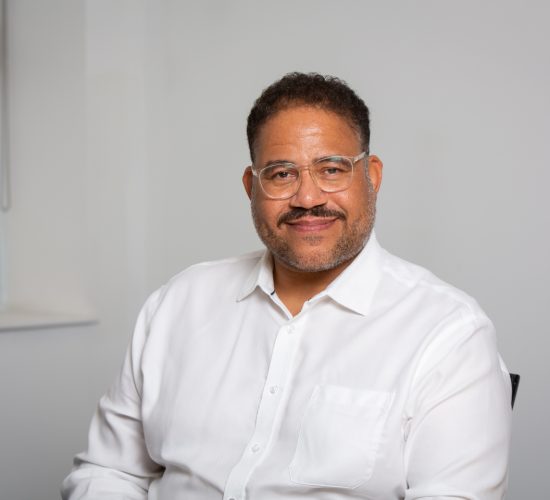News
Blog: Jamie and the Giant Pituitary Adenoma
By Jamie Boast, Head of Performance and Operations, Connect Plus.
Over the last eighteen of months, I noticed I was getting tired more often. I like to wake up early and would usually wake before my alarm but noticed more and more that that wasn’t the case. I would also often fall asleep on the sofa on a Sunday afternoon for hours and every four or five weeks I would lay in past midday over the weekend. I put this down to getting older.
Then, around six months ago I started to feel a tingling sensation in my face, coupled with a change in my vision; and just after Christmas Day I fell ill. It felt like Covid although I tested negative. I found it difficult to concentrate, fatigued and unable to eat. My wife, Fran, arranged an online consultation with our GP, who made a note to call me in three weeks to see if I’d recovered.
With a history of stroke and silent heart attack, my GP connected the dots, and I received an urgent phone call from Maidstone Hyper Acute Stroke Unit, asking me to attend immediately, as the indications were I had had a further stroke. I underwent a series of blood tests and an MRI - where they discovered a pituitary tumour.
These types of tumours, Pituitary Adenoma’s, are located at the base of the brain. They are usually benign and surprisingly common, affecting 1 in 10 people. Most of them are below 1cm diameter and known as microadenoma’s, often showing no symptoms they go undiagnosed throughout a lifetime.
Mine, however, was 2.5cm diameter known as a macroadenoma, and these usually affect pituitary function. This includes the regulation of hormones including cortisol, growth hormone and testosterone. In my case, it was also putting pressure on my optic chiasm, the area below your brain which contains your optic nerve. Fortunately, the condition was treatable and with high rate of success.
The first stage was to receive hydrocortisone injections followed by daily hydrocortisone tablets. As I had no pituitary function, I was not producing cortisol, resulting in fatigue and the lack of ability to recover from illness. The hydrocortisone had an immediate effect and after a few days I actually felt 10 years younger and had regained my energy and concentration.
Removal of the tumour itself was though a surgery called, endoscopic transsphenoidal adenectomy, which is removal of the tumour through the sinus. Whilst this is a minimally invasive surgery, there were risks. They included leaking of cerebrospinal fluid which could potentially lead to meningitis and, because of my history, a bleed on the brain.
Everything seemed to be happening so fast. Just short of two months after the initial diagnosis on the 17th January, I was in surgery on the 12th March. In that time I’d had 17 different hospital and specialists’ appointments, including three MRI’s, a CAT scan, three eye scans, a heart ultrasound and countless blood tests.
I’m pleased to say the surgery was a success. After three days in hospital, I was sent home and spent a further two weeks in recovery. This was to allow time for a graft site on my abdomen, taken to seal my blood brain barrier and my sinus, to heal.
Since the surgery, my vision - which had been deteriorating almost imperceptibly over the past couple of years – returned. Everything looked sharper and colours more vibrant. I’ll have to take hydrocortisone for the rest of my life and, when I get older, I’ll also have to start injecting a growth hormone.
There’s a saying that ‘life happens when you’re making plans’, and it really resonates with me. Over the past six months, what has made a real difference is the level of support I’ve received from so many people. From Fran – my wife – who tirelessly scheduled and accompanied me to every appointment, to the support from Angus, Liz and the entire Connect Plus team. I’ve been moved by the appreciation shown by the Facilitator Group towards both Fran and me, and by everyone in the community who has reached out to ask how I was doing or to offer help.
As a man, a husband and a father, there’s often a societal expectation to ‘keep it all in’ or ‘take it all in your stride’, and deal with it alone. I made a conscious choice to speak openly about my health this year with those willing to listen, and to accept support where offered. Three months on, the physical healing is done, but processing the emotional impact on myself, my family and my friends is still ongoing.

